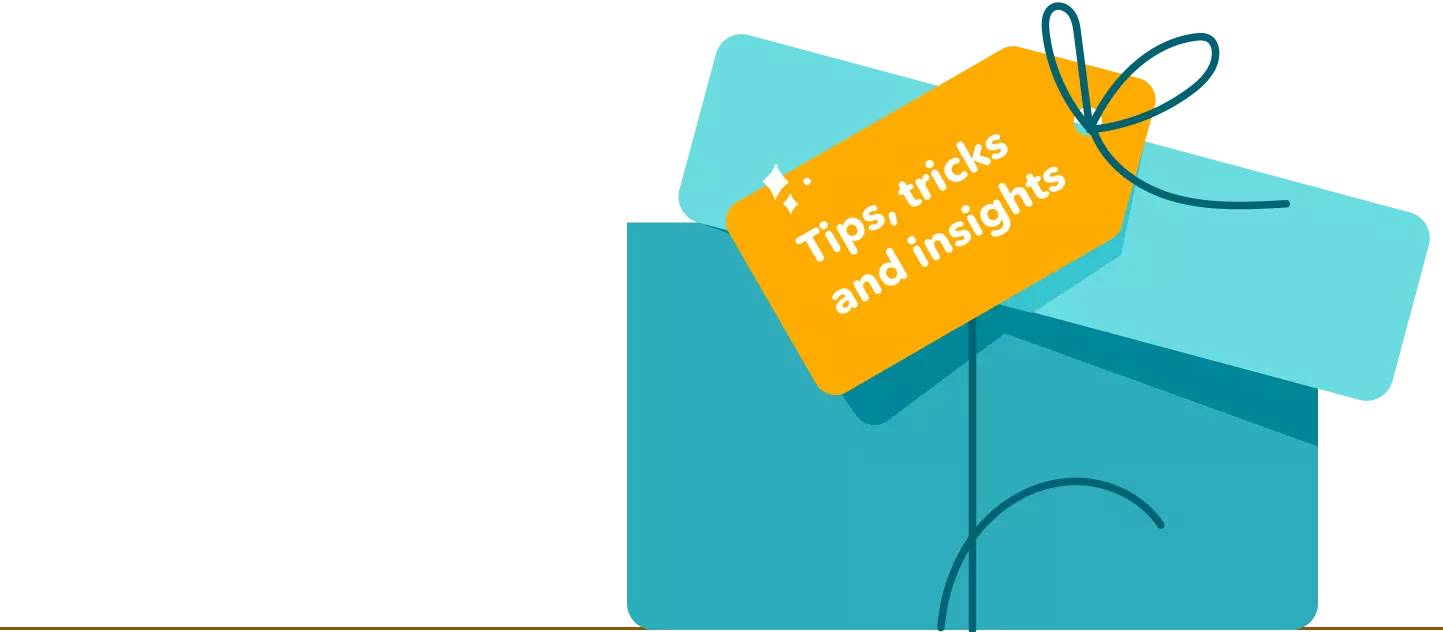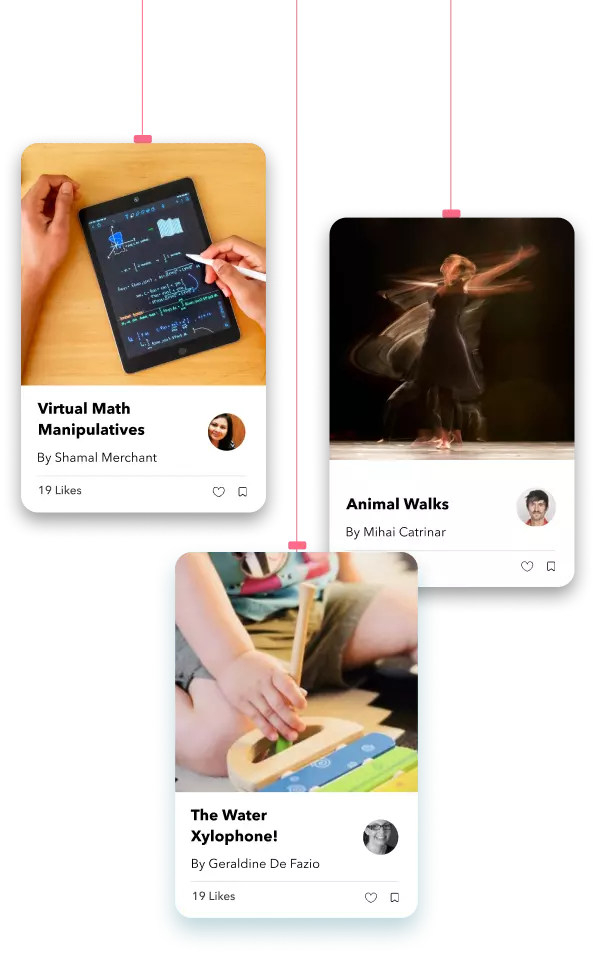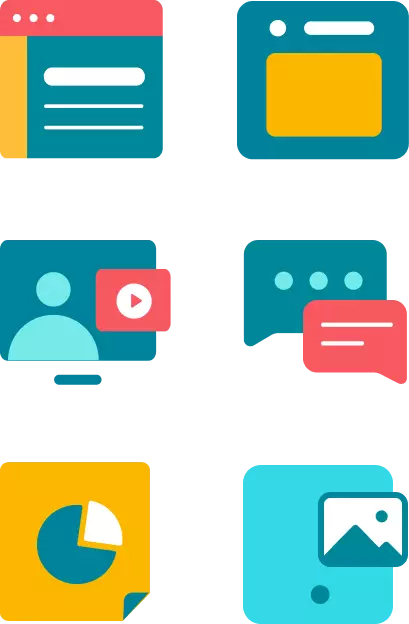Picture a bustling early childhood centre, where the hum of eager voices fills the air, surrounded by displays of children’s work that radiate creativity and insight. A series of photographs documents a child’s fascination with shadow and light, leading educators to ponder the integration of scientific concepts into creative projects. This reflection is not solitary; it sparks collaborative discussions among the team, pondering the interplay of curiosity and knowledge, and how to foster an environment that nurtures inquiry and creativity. Another display showcases a group project on community helpers, featuring children’s drawings, questions, and reflections. This provokes a thoughtful conversation about incorporating role play and social studies into the curriculum, highlighting the importance of connecting learning with real-world contexts.
This scenario calls for you to wonder: In what ways might your current practices be reshaped or enriched by a more intentional focus on documentation? How could the insights gleaned from a child’s exploration of textures in art or their questions during a storytelling session inspire you to tailor your approach, making learning even more responsive and dynamic?
This guide on documentation is designed to spark such reflections, offering a gentle nudge to consider the untapped potential within your existing educational framework. It explores four pedagogical frameworks designed to embrace and enhance the natural curiosity and learning potential within each child. These frameworks are presented through the lens of experienced educators, offering practical insights and strategies for implementation. The guidance provided is not just theoretical; it’s rooted in the real-life application of these approaches, designed to inspire and elevate your educational practice.
As you navigate the practice of documenting learning, consider the following table as a helpful compass:

Viewing documentation through the socio-cultural lens
The documentation practices we are going to highlight in this resource draw inspiration from Vygotsky’s socio-cultural theory which, in turn, underscores the importance of social interactions in a child’s development. A documentation process can enable us to emphasise the communal aspect of learning, bringing educators, children, and their families together in a shared endeavour. Through collective observations and dialogues, documentation fosters the collaborative construction of knowledge, aligning perfectly with the core socio-cultural principles of Vygotsky’s theory.
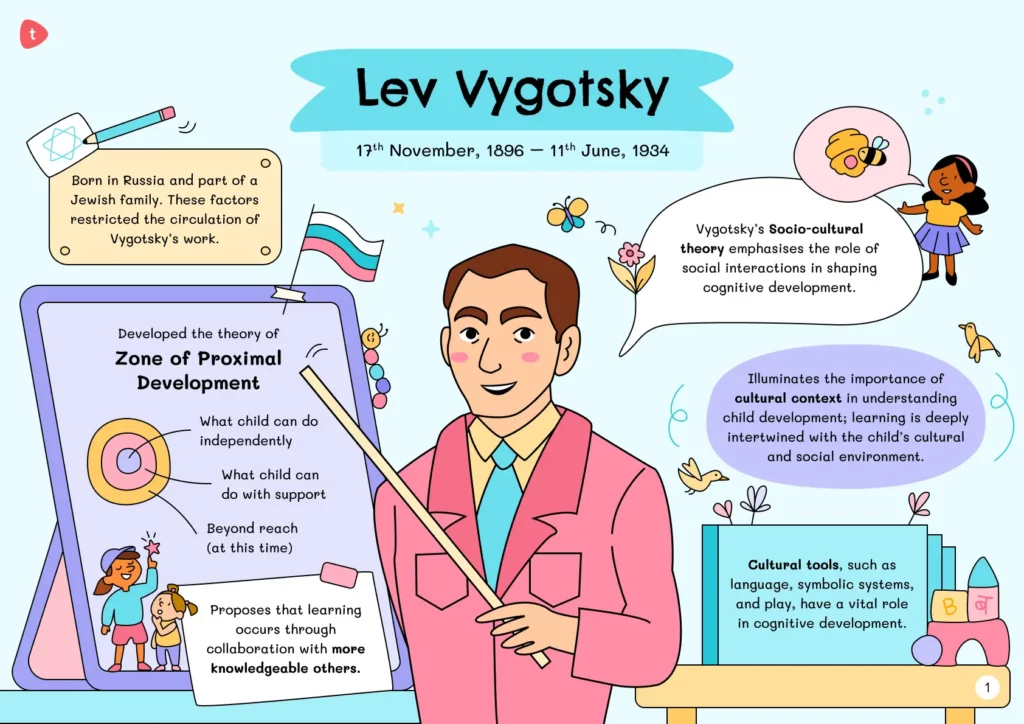

Documenting learning using visible thinking routines
First up, we’re going to explore Visible Thinking Routines. These are an effective tool to encourage critical thinking and cognitive growth. These routines can be tailored to suit developmental readiness, language needs, and the diversity of students, allowing educators to foster a culture of inquiry and exploration. But why should educators adopt this approach, and what benefits does it offer? With a foundation in Vygotsky’s theories, these routines are designed to enhance both cognitive and social development in young learners, paving the way for lifelong learning.

In this toolkit, you’ll discover provocations to kickstart your journey with thinking routines, ready-made templates for documenting children’s thought processes, and an insightful glimpse into how one educator successfully implemented these routines to stimulate critical thinking about physical health and development. This comprehensive guide aims to equip you with the tools and inspiration to integrate Visible Thinking Routines into your learning environment effectively.
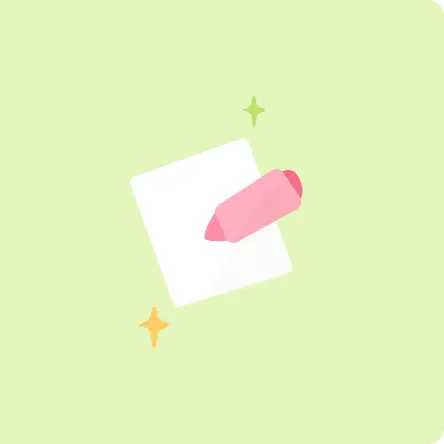
Learning stories: bringing observations to life
Another form of documentation is through Learning Stories, created by Wendy Lee and Margaret Carr. These provide a narrative-driven way to document children’s educational experiences, positioning children as active, competent learners. This method stands out for its ability to use storytelling to document and focus on children’s holistic development and foster connections among educators, children, and families. It captures the detailed, unique journey of each child, highlighting their individuality, cultural backgrounds, family ties, and personal identity, thus promoting inclusivity and belonging.

This resource below explores the transformative power of Learning Stories in early childhood education. You’ll learn how storytelling can be used to reflect a child’s learning, respecting their diverse backgrounds and enhancing collaboration between educators, children, and families. Learning Stories emerge as an essential pedagogical tool, celebrating each child’s achievements and active participation in their learning journey.
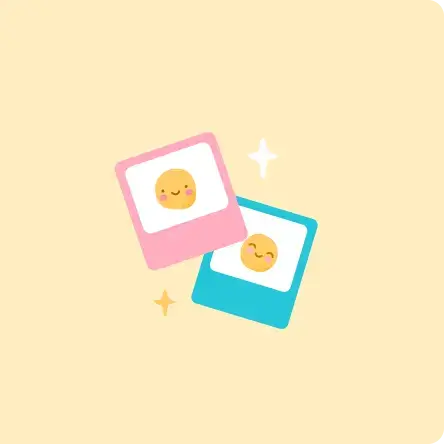
Reggio Emilia documentation panels
Documentation wall panels serve as vibrant showcases of children’s learning journeys, transcending mere displays of work to capture the depth of exploration, symbolic representation, and collaboration. Inspired by the Reggio Emilia approach, these panels are essential in early childhood education for promoting a child’s identity, visualising learning processes, and fostering a community of engaged learners. They emphasise the importance of the child’s voice and identity, acknowledging each child’s unique experiences, interests, and strengths, thereby reinforcing their role as active contributors to their learning. Centred on the child’s perspective, these panels celebrate every learner’s input, whether through words, art, or other forms of expression.

Through this resource, you can learn how to leverage documentation panels to highlight and honour children’s learning. They advocate for an educational approach that values and recognises every child’s contribution, thereby fostering a sense of belonging and active engagement in the learning community.
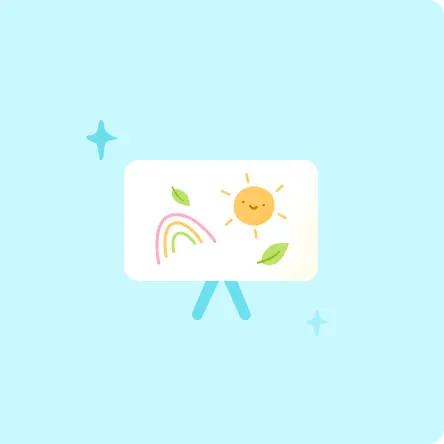
Documenting inquiry through floorbooks
Finally, we’re going to discuss floorbooks as a form of documentation in the early years. Floorbooks are dynamic, collaborative documentation tools that foster a sense of community, shared exploration, and collective knowledge building in early childhood settings. Floorbooks empower children by championing voice and choice, supporting their independence in the learning process. As educators and children co-construct the learning journey, floorbooks stand out as essential instruments that not only document but also actively involve young learners in their own education, promoting a deeper engagement and understanding. This approach highlights the importance of collaboration and active participation, making floorbooks a valuable resource for fostering an inclusive and empowering learning environment.

In this resource, you will discover how to co-construct learning with children through floorbooks, documenting the process of learning as you are guided by children’s interests and curiosities. Discover tips for introducing this method to little learners, and developing processes that reveal the uniqueness of the group of children you work with.

A sustainable approach to documentation
The documentation processes highlighted in this guide focus on fostering collaborative, intentional, and reflective practices that deeply enhance children’s learning. How will reading about these methods inspire you to transform your own documentation methods? What steps can you take to embed routines that render documentation a more sustainable and impactful practice? By engaging constructively with reflective inquiries, you can refine your own documentation strategies, significantly shaping learning experiences that thoughtfully articulate each child’s narrative with purpose and impact. Taking a focused approach improves the quality and significance of documentation, making every captured moment a valuable piece of the child’s educational journey.

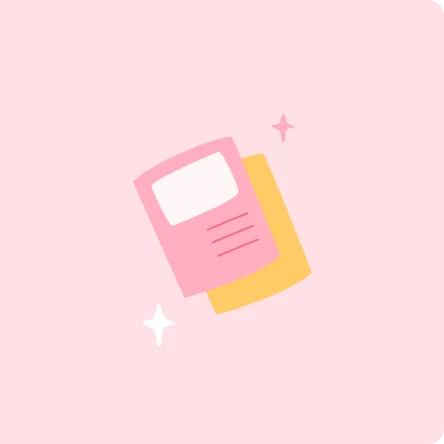
We encourage you to use the resource below to facilitate reflective discussions with your team, taking a crucial step towards incorporating sustainability into your documentation routines. By doing so, you not only streamline your processes but also significantly contribute to the rich, ongoing narrative of children’s learning journeys, creating a lasting legacy of meaningful education.
This comprehensive guide illuminates the profound impact of deliberate and insightful documentation for shaping learning, collaboration, and elevating children’s thinking. It advocates for a nuanced approach that values the process over the product, embraces the diversity of children’s expressions, and leverages documentation as a tool for critical reflection and pedagogical innovation. By integrating concepts from socio-cultural theory and employing practical frameworks like Visible Thinking Routines and learning stories, educators are equipped to foster environments that celebrate individual learning journeys and encourage collaborative knowledge construction. This guide not only offers strategies and insights for enhancing educational practices but also challenges you to rethink the role of documentation in your daily practice. We invite you to engage with this resource, share its insights, and join our community to further conversations around insightful early years topics.


